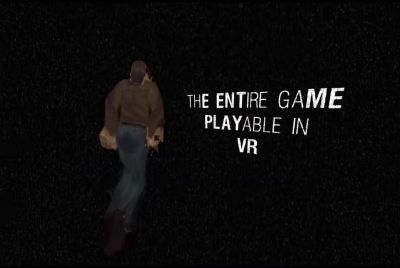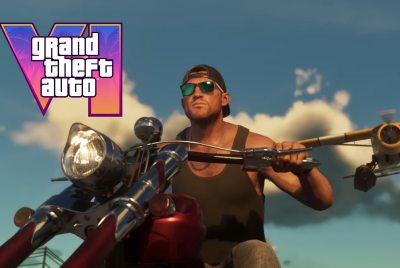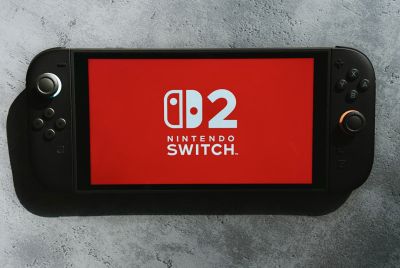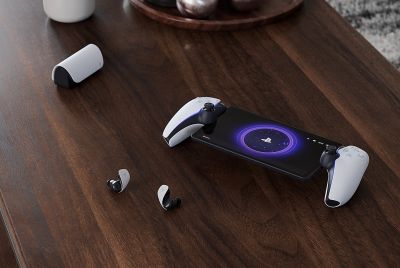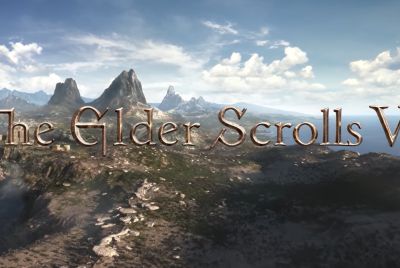Monument Valley dev Ustwo discusses new virtual reality game Land's End and VR development
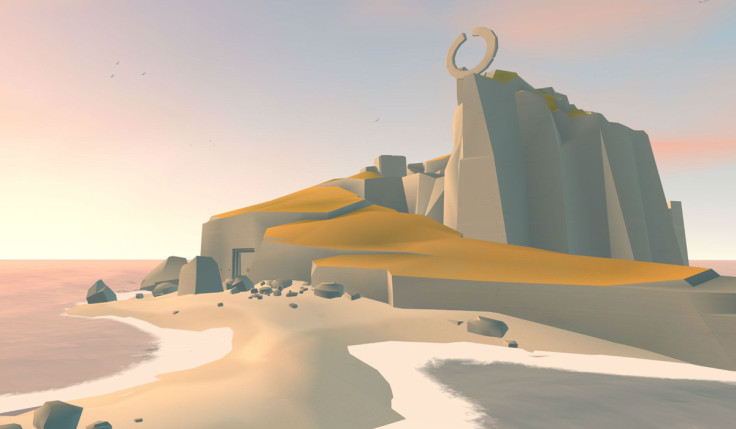
Monument Valley is a perfect example of what a great tablet game should be. It's simple, elegant and intelligent, not bogged down with freemium stodge or bloated with an overwhelming amount of things to do. It came and went gracefully, but will be remembered as one of the finest games of 2014.
Accolades hoarded, the game's developers at ustwo are set to release a new title on 30 October. Land's End is a virtual reality (VR) puzzle game for the Samsung Gear VR. Like Monument Valley before it, Land's End is simple and engaging, making it the kind of game that will be crucial as virtual reality begins to take over the world.
Players move through and interact with the world by focusing on various points. For movement, focusing on a point takes you toward it. In puzzles this might mean connecting a series of points or focusing on an object then lifting and placing it with your head movement. It captures a lot of the potential VR has, while moving at a gentle pace designed to minimise the negative, nauseating effects virtual reality can have on first time users.
After my demo at ustwo's London studio, I spoke to director of games Neil McFarland and artist Jonathan Topf about developing Land's End, the effect of Monument Valley and the surprises of making virtual reality games.
IBTimes UK: How has developing a VR game surprised you, what were some of the challenges that arose?
Jonathan Topf: It's been a year in development and a big portion of that was spent working out what worked and what didn't, because a lot of what you'd expect to cross-over from traditional games doesn't cross-over. Things like gameplay and movement, so there's obvious technical things like sitting down and standing up, and how the Gear VR doesn't track position so you don't have the movement you think you will have. Another problem is that what people want to play is usually something like Half Life in first person in VR, but it's uncomfortable doing that, it makes you feel sick. What players want to do isn't always best for the platform. Like with Monument Valley, a game developed for iPad, not consoles, this is designed for Gear VR.
Neil McFarland: It's such a new thing as well that there's also a ton of neuroscience involved. We had problems with how the player perceives height in the world. We knew we were building things that were correctly proportioned and sized but when you looked at them in the game they felt wrong, it was fascinating finding out about those things.
You mentioned how a game like Half Life wouldn't work in VR. Do you think VR will encourage more passive games which are more about the experience?
NM: I think it's just a question of working through the nausea of it. You can acclimatise to it. [Oculus CEO Brendan Iribe] used to be super sensitive to it and over time he's overcome it.
Do you think that's something developers will have to be conscious of as VR is first introduced to a mass market?
NM: Potentially. That's partly why we wanted to make a VR game. If you take away that nausea of movement or introduce movement like we have and stop fighting against that, then surely VR is about offering these alternatives to what you can get anywhere else. If it brings out more experimental or imaginative gameplay, that's what's exciting to us – these new possibilities.
JT: I think eventually there will be a fork... because there will always be people who want to play Half Life in VR, and you can work through it, but it's for the hardcore gamers, takes work and is expensive with hardware like the [HTC] Vive or [Oculus] Rift, which are better equipped to support those kinds of games. Then there's something like the Gear VR, which is much more suited to passive experiences – things like 360 video and photographs are actually fantastic. People hear virtual reality and think computer games, and because of that there is a lot of focus on games when it is probably better suited to things like video, and that's where VR will probably have the biggest impact. Games like Land's End are a better fit for the Gear VR because they're less... kind of... intense.
How big is Land's End in terms of content?
JT: You played two of our worlds and there are going to be five when the game ships. This is another interesting thing from development, how long you expect people to be in there. What we're going to do in the final version is give people the chance to take a break between worlds. It can be hard work for some people to stay in there, and you don't want them to burn out. There is an ideal length where you want people to be really excited to play through the whole thing – as it is about... 45 minutes?
NM: The whole industry is unsure how long to make these games at the moment. It's not like sitting on your sofa with a screen, it's quite intense and can be quite taxing. Even in a gentle game with ours it's quite involving.

JT: Especially if it's your first VR experience. You want people to get through it and go, 'Okay that felt good and I want to share it with people'. We want to make a game where at the end of it you feel excited about it still.
NM: It feeds back into the design of Monument Valley. We wanted to make this game that you can consume the whole thing. It's the same with Land's End. We don't want people to get half way through and grow bored of it, 'Yeah I've seen it. There's 20 levels? Oh whatever'. What we want is for people to get the whole experience and story, which is what we do as a team.
I remember being surprised at how short Monument Valley was but I realised it was exactly how long it needed to be. Recently I had the same feeling with Lara Croft Go...
JT: Oh yes, did you play Hitman Go?
I did but I didn't complete it. It was far too tough.
JT: It was a great game and then when they took a step back and took on a new IP they made it better by crafting the experience. It was fun to play both because I had the exact same thing, I played Hitman Go and thought Lara Croft Go was much better suited to the platform. It's nice to know some developers are doing a similar thing to us.
What quirks did you discover during the development, things you hadn't anticipated?
JT: I was a punter when I first started working on this, so all the things I wanted to do - fly, run fast and play first person driving games. All these things I was excited about, I quickly realised it was a terrible idea. I tried it and it was pretty uncomfortable. Things like using a controller, and controlling your movement with a controller I find weird because you're pushing forward and your fingers are so fast that the camera is moving quickly and you realise how erratic your own movements are, and it makes you look at other games in a new way. It highlights things like that about other games which you hadn't really thought of before.
NM: It's surprising just how quickly you can feel sick just by getting a controller and pushing the stick to one side. That's a downside, but on the upside I was blown away at the '3D-ness' of it. We spent a lot of time just shoving things in people's faces – that was fun.
JT: On the other hand it's also amazing what you can get away with. There's all these things like perception of movement that you have to be very careful about, but then there are things like your perception of colour and space and depth which you can twist like crazy. Movement and lighting are two fundamental things about how we perceive the world, but if you put someone in a place that is not realistic in how it's rendered you just accept it. It feels like a space in a completely different world visually. In a game when you're close to a wall you might notice the texture is a bit crappy and low res – when you do that in VR, because you have that depth and presence, the weird artefacts you get, texture compression from being so close, stuff like that, it just makes it seem more physical.
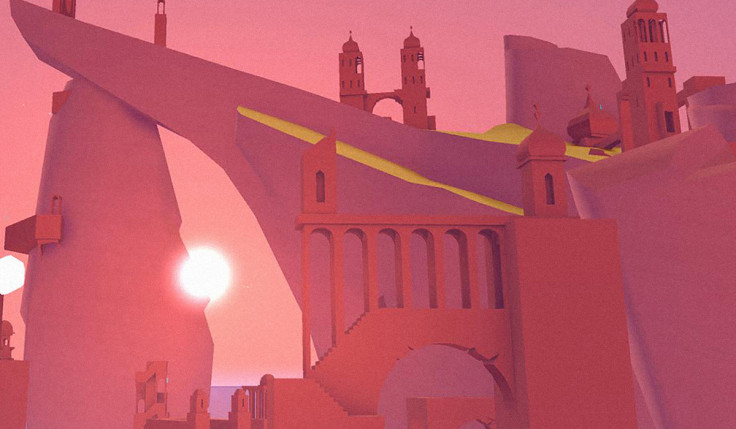
Was the original intention for Land's End to have a controller, was that something you experimented with in development?
NM: Really early on we were given a controller but we were never told definitively whether Gear VR would ship with one [it now will], so we didn't use it. We like our games to be platform specific and be in control of who can play, so making a game where some might not have been able to seemed crazy. Did we ever use the touch pad [located around the temple on the Gear headset]?
JT: We used it a little bit on the menus but never in game, because of the fatigue. If you spend more than 10 minutes [putting your hand to your temple], it's horrible.
I was a big fan of Monument Valley, how did that influence development of Land's End?
NM: Well, it meant that the first time we had the VR kit we stuck the cameras into a Monument Valley scene. It was fun to be in the world we created but it didn't really work. We built early versions of Land's End using the same assets and geometry, so it was useful as a kit to play with. It let us experiment and find out what did and didn't work.
JT: I feel it validates the process Monument Valley went through. Everyone was surprised by the success of that game, there were principals you were designing by – I wasn't here for MV but I heard a lot about it – that were platform specific, making it a great iPad experience, making it low friction. It's great when you get to the end and win awards because of these principals you followed, so with the Land's End we find we've naturally moved towards these principals again.
NM: It's made Land's End what it is because we came from these points of view: ease of use, low friction, low barrier to entry, comfort and not over complicating things, which we got from Monument Valley.
JT: That's the thing about making games as part of a UX (user experience) company. What ustwo is good at is good experiences from web and app, making them enjoyable to use. So flow and ease of interaction become part of how we design games.
Land's End will be released at a price yet to be announced on 30 October for the Samsung Gear VR.
For all the latest video game news follow us on Twitter @IBTGamesUK.
© Copyright IBTimes 2025. All rights reserved.




